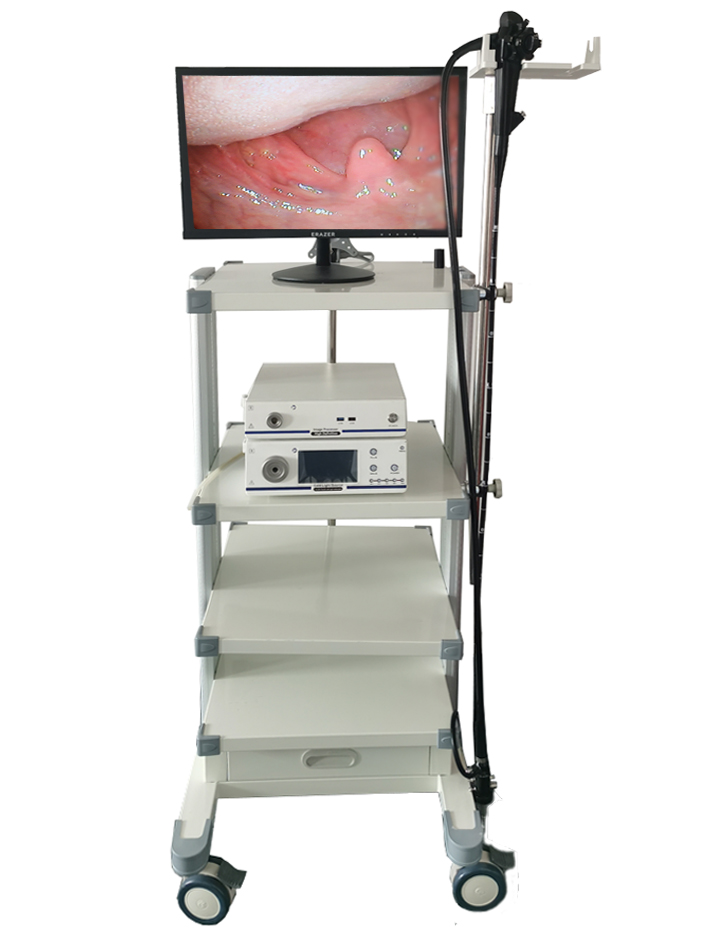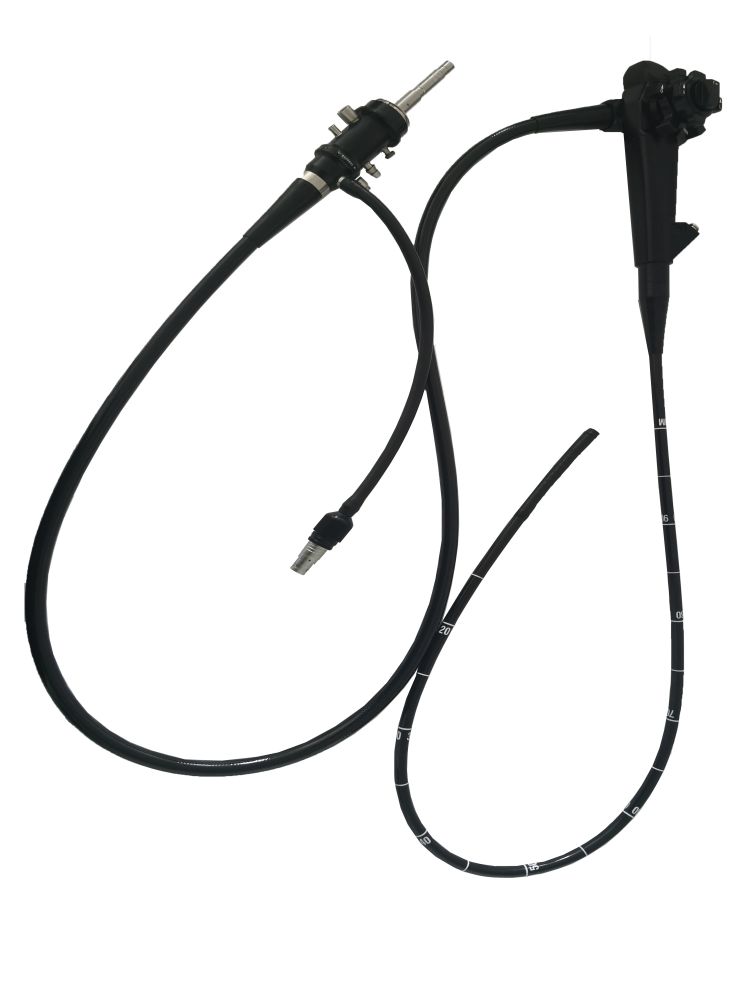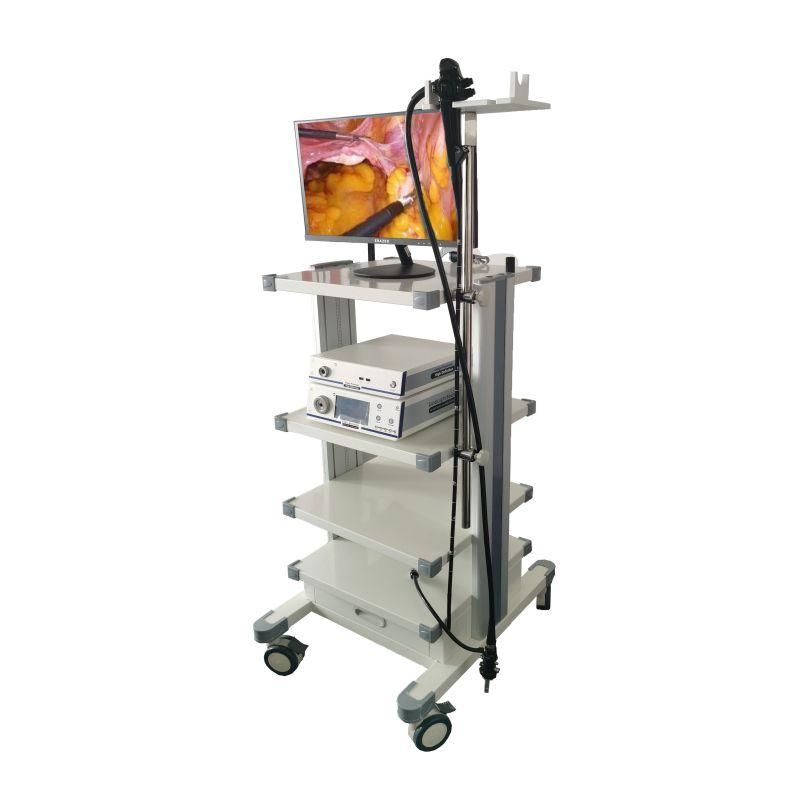The field of medical technology has made tremendous strides over the years, transforming the way we diagnose and treat various health conditions. One such groundbreaking innovation is multifunctional gastroscopy. This cutting-edge procedure, combining the benefits of both diagnostic and therapeutic capabilities, has revolutionized the field of digestive health. In this blog post, we will delve into the remarkable advancements of multifunctional gastroscopy and how it is transforming the way we understand and address digestive disorders.
Understanding Multifunctional Gastroscopy:
Multifunctional gastroscopy is an advanced endoscopic procedure that allows visual examination, diagnosis, and potential treatment of various gastrointestinal disorders. By integrating multiple tools and functionalities into a single device, physicians can effectively perform both diagnostic and therapeutic interventions during a single procedure, making it a preferred choice for many patients and medical professionals alike.
Diagnostic Capabilities:
Traditional gastroscopy primarily focused on visual examination of the digestive system, enabling physicians to detect abnormalities such as ulcers, tumors, or inflammation. Multifunctional gastroscopy takes this a step further by incorporating additional diagnostic tools. For instance, combining high-definition imaging technology, such as narrow-band imaging (NBI) or autofluorescence imaging (AFI), with the endoscope’s light source allows for enhanced visualization and improved detection of early-stage lesions, providing higher accuracy and early intervention for patients.
Therapeutic Capabilities:
In addition to its diagnostic capabilities, multifunctional gastroscopy offers an array of therapeutic interventions. In the past, separate procedures were necessary for interventions like polyp removal, tissue sampling, and tumor ablation. However, multifunctional gastroscopy has eliminated the need for multiple visits, enhancing patient convenience while reducing healthcare costs. Through the integration of specialized tools, such as mechanical biopsy forceps, argon plasma coagulation, and endoscopic mucosal resection, doctors can now perform a wide range of therapeutic procedures during the same session as the initial diagnosis.
Enhancing Patient Outcomes:
The development and widespread adoption of multifunctional gastroscopy have significantly improved patient outcomes. By allowing for rapid diagnoses and immediate treatments, the procedure helps minimize patient anxiety and discomfort associated with prolonged medical investigations. Furthermore, the ability to perform definitive treatments during the same session as diagnosis significantly reduces the risk of complications and ensures timely intervention, increasing the chances of positive outcomes and full recovery for patients.
Future Prospects and Challenges:
As multifunctional gastroscopy continues to advance, the possibilities for enhancing diagnostic and therapeutic capabilities are seemingly endless. Ongoing research and development aim to further refine imaging technologies, making them even more precise and sensitive to subtle changes in the digestive system. Additionally, the integration of robotic assistance and artificial intelligence holds the potential to revolutionize the procedure, optimizing precision, reducing human error, and aiding in real-time decision-making during interventions.
Conclusion:
The advent of multifunctional gastroscopy has undoubtedly revolutionized the field of digestive health. By combining diagnostic and therapeutic capabilities into one procedure, it streamlines the diagnostic process, enhances treatment options, and ultimately improves patient outcomes. With further advancements on the horizon, including advanced imaging techniques and AI integration, multifunctional gastroscopy will continue to pave the way for a more targeted and effective approach to diagnosing and treating gastrointestinal disorders. Embracing these innovations will undoubtedly lead to a brighter and healthier future for individuals seeking optimal digestive health.



Post time: Nov-27-2023

